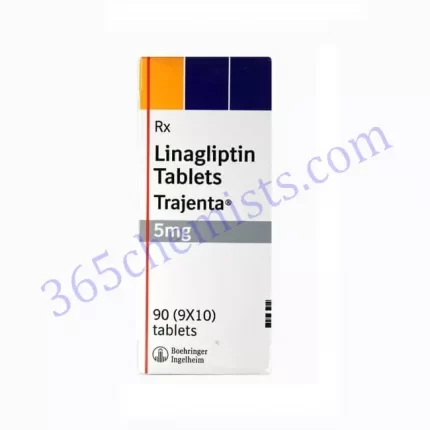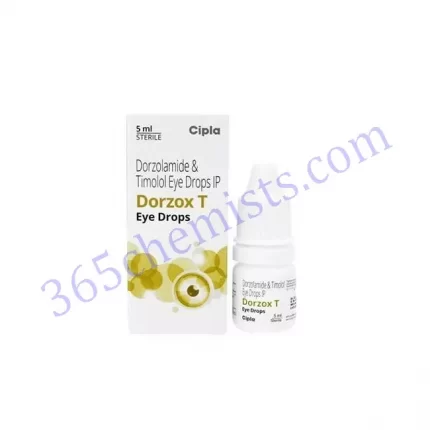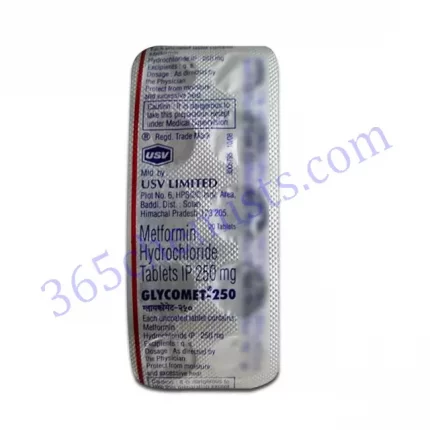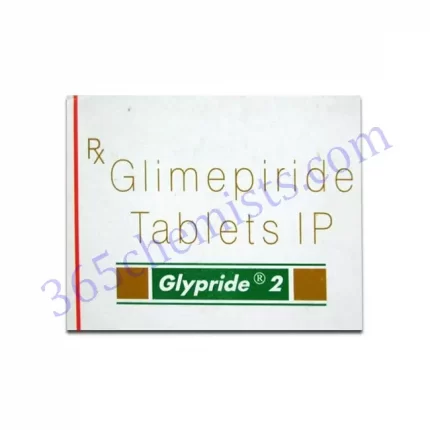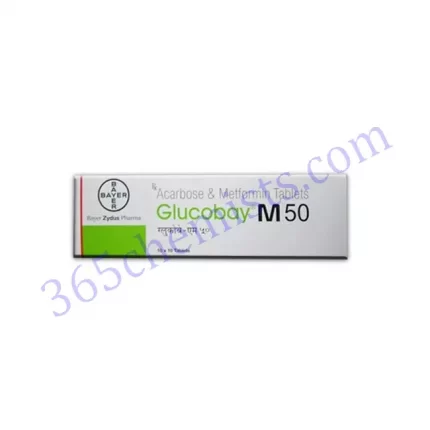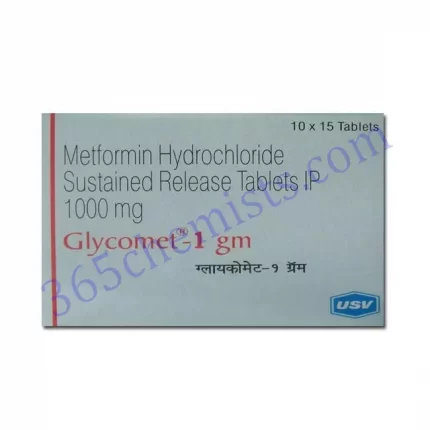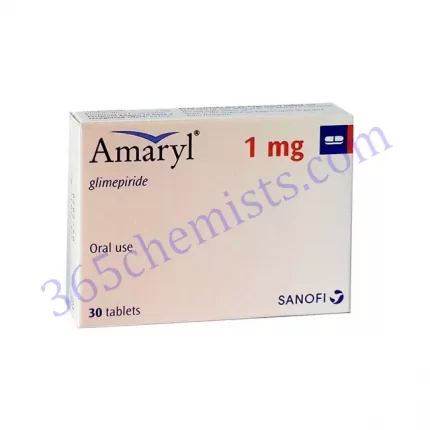Victoza 6mg/ml Pen: An Effective Treatment for Type 2 Diabetes
Victoza 6mg/ml Liraglutide is the active component in the prescription medicine known as Pen, which is available only with a doctor’s prescription. Adults who suffer from diabetes mellitus type 2 can treat their condition with this medication. In the following paragraphs, we will provide a detailed explanation of the Victoza 6mg/ml Pen, covering topics like as its mode of action, benefits, recommended dosage, and possible adverse effects.
Mechanism of Action
Victoza 6mg/ml The medication known as Pen is classified as a glucagon-like peptide-1 receptor agonist (GLP-1 RA), which is a class of medication. It accomplishes this by acting in a manner analogous to that of a hormone found naturally in the body known as glucagon-like peptide-1, or GLP-1 for short. GLP-1 helps regulate blood sugar levels by increasing insulin production, decreasing the release of glucagon (a hormone that elevates blood sugar), and reducing the rate at which the stomach empties itself of its contents. Liraglutide, which works by stimulating GLP-1 receptors, helps people with type 2 diabetes have greater control over their blood sugar levels.
Benefits of Victoza 6mg/ml Pen
Enhanced Management of Blood Sugar with Victoza 6 mg/ml Pen reduces the production of glucagon and increases insulin secretion, both of which contribute to lower blood sugar levels. This results in better regulation of both fasting glucose levels and postprandial glucose levels (after meals).
Weight Management: Victoza 6mg/ml It has been demonstrated that people with type 2 diabetes can benefit from weight loss when they take pen. It is helpful in reducing hunger, increasing feelings of fullness, and lowering the amount of calories consumed.
Studies have shown that persons with type 2 diabetes who have a high cardiovascular risk profile and take Victoza 6mg/ml Pen may have a lower risk of cardiovascular events if they take the medication. It has been demonstrated to be beneficial in terms of lowering the risk of significant adverse cardiovascular events such as heart attacks and strokes.
Dosage and Administration
Victoza 6mg/ml Subcutaneous injections can be performed using a pen that has already been filled with medication. The starting dose of 0.6 milligrammes taken once daily is what is indicated, but this can be increased to 1.2 milligrammes and eventually to a maximum dose of 1.8 milligrammes taken once daily, depending on how each individual patient responds and how well they tolerate the medication. It is recommended that the injection be given in the abdominal region, the thigh, or the upper arm. In order to achieve best glycemic control, the Victoza 6mg/ml Pen should be used in conjunction with a healthy diet and regular exercise.
Potential Side Effects
Although the Victoza 6mg/ml Pen is generally well accepted, there is a possibility that it could cause specific adverse effects in certain people. The following are examples of common adverse effects:
- Nausea: Nausea is a common side effect, especially in the first few weeks of treatment. Nausea can also occur in later stages of the treatment. In most cases, it is minor and just temporary. Talk to your doctor if the feeling of nausea doesn’t go away or if it gets significantly worse.
- Diarrhoea: While using Victoza 6mg/ml Pen, it is possible that some people can have diarrhoea. In the event that the diarrhoea continues or gets worse, it is imperative that you drink enough of water and make an appointment with your primary care physician.
- Hypoglycemia is a condition that can be brought on by using the Victoza 6mg/ml Pen, whether the medication is taken by itself or in conjunction with other drugs that bring down blood sugar levels. Sweating, dizziness, confusion, and shakiness are some of the symptoms of hypoglycemia. It is vital to monitor your blood sugar levels on a regular basis and be aware of the symptoms of hypoglycemia.
- Injection Site Reactions: Injection site reactions, such as redness, itching, or swelling at the injection site, may occur. There is a possibility that these events will occur. These responses are typically moderate and clear up on their own without medical intervention.
Precautions and Considerations
Before beginning treatment with the Victoza 6mg/ml Pen, it is important to discuss any preexisting medical problems, allergies, or medications you are already taking with your healthcare professional. Take into account the safety precautions and other factors listed below:
- Victoza 6 milligrammes per millilitre for Thyroid C-Cell Tumours In animal experiments, the use of pen was found to be connected with an increased risk of developing thyroid C-cell tumours. Individuals who have a personal or family history of medullary thyroid cancer (MTC) or Multiple Endocrine Neoplasia syndrome type 2 (MEN 2) should not take it because it is not recommended for them.
- Pancreatitis: Inflammation of the pancreas, often known as pancreatitis, has been linked to the use of GLP-1 RAs, such as the Victoza 6mg/ml Pen. Notify your primary care physician if you have a history of pancreatitis or if you develop any symptoms such as severe abdominal pain that spreads to the back. Pancreatitis can be a life-threatening condition.
- Renal Impairment: Victoza 6mg/ml When used in patients who have renal impairment or end-stage renal disease, pen should be administered with extreme caution. Depending on how well your kidneys are functioning, you may need to alter your dose.
Conclusion
Victoza 6mg/ml People who suffer from diabetes mellitus type 2 may benefit from the use of pen as a therapy option. Its activity helps improve blood sugar control, promotes weight loss, and reduces the risk of cardiovascular disease thanks to its method of action, which mimics the action of GLP-1. It is possible for the Victoza 6mg/ml Pen to play an essential part in the management of diabetes and the attainment of better overall health when it is used as directed and under the supervision of a healthcare expert. In order to achieve the best possible results, it is necessary to do routine monitoring, strictly adhere to dosage guidelines, and make appropriate adjustments to one’s lifestyle.



